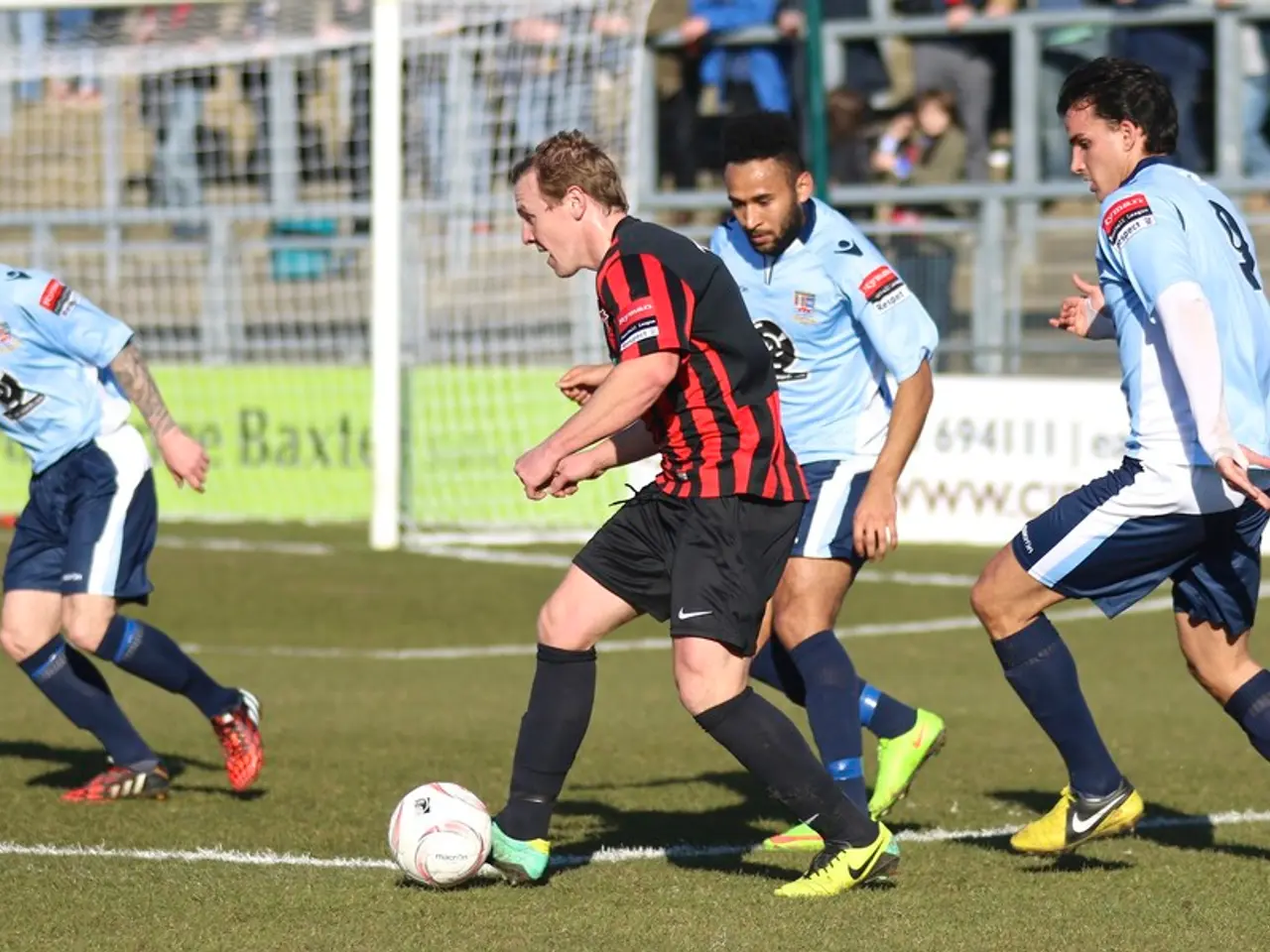Kickoff of football season marks UCSF's initiative to detect Chronic Traumatic Encephalopathy (CTE) in living individuals
In the world of sports, particularly football, concerns about brain injuries have been a growing issue. One such condition, Chronic Traumatic Encephalopathy (CTE), has been a focus of research in recent years. Currently, diagnosing CTE can only be done posthumously, but that might change in the near future.
Dr. Gil Rabinovici, a leading neurologist at UC San Francisco, is spearheading a trial called DIAGNOSE-CTE. The aim is to develop a clinical diagnostic test for living people by June 2029. The method, which resembles a diagnostic test for Alzheimer's, uses "tracer" molecules that bind to tau proteins during a PET scan. However, these molecules do not work as effectively in CTE as they do in Alzheimer's.
The research so far has shown promising results. In the first phase of the trial, researchers found a closer correlation between CTE and total years played than the number of concussions. This suggests that subconcussive blows can also be harmful.
The trial involves 150 former college and professional football players, with one of the samples being part of an ongoing trial at UCSF and four other sites around the country. The names of the participants are not disclosed to maintain privacy.
The link between high-level football and CTE is well-documented. A study in 2023 found CTE in 345 of 376 deceased players who had their brains studied by Boston University. The risk is not limited to those who played professionally or in college. A study found signs of CTE in 63 of 152 contact sports participants who died before age 30, even those who didn't play at a high level.
The concern about CTE is not just limited to professional football. Many other sports, such as soccer, ice hockey, rugby, and wrestling, also present risks for head injuries.
In California, high school football teams are taking steps to reduce the risk. They are limited in contact practice, and helmets must be no more than 10 years old. A strict concussion protocol is in place, requiring student-athletes to receive clearance from a physician and sit out for a period of time. Schools are also investing in equipment like the Guardian Cap, a soft-padded shell for helmets that has become increasingly common in NFL and college practices since 2015.
Paul Rosa, a high school football coach, has witnessed the effects of CTE firsthand. His uncle, a former boxer and football player, suffered from constant headaches, depression, and turned to alcohol before his posthumous diagnosis with CTE. Despite parents' concerns, Coach Rosa is not deterred, noting improvements in the identification of concussion symptoms and the education of students and coaches.
Wilcox High School, where Coach Rosa works, has made improvements since his oldest son, Paul Jr., graduated in 2020. They have invested in new helmets and ensure a trainer is present at every practice.
Dr. Rabinovici and his team are hopeful they could have a way to detect CTE in living people by 2029. The next step is developing treatment and drug interventions. The search for a solution continues, offering hope for athletes and their families.
Read also:
- Recognition of Exceptional Patient Care: Top Staff Honored by Medical Center Board
- A continuous command instructing an entity to halts all actions, repeated numerous times.
- Oxidative Stress in Sperm Abnormalities: Impact of Reactive Oxygen Species (ROS) on Sperm Harm
- Is it possible to receive the hepatitis B vaccine more than once?








